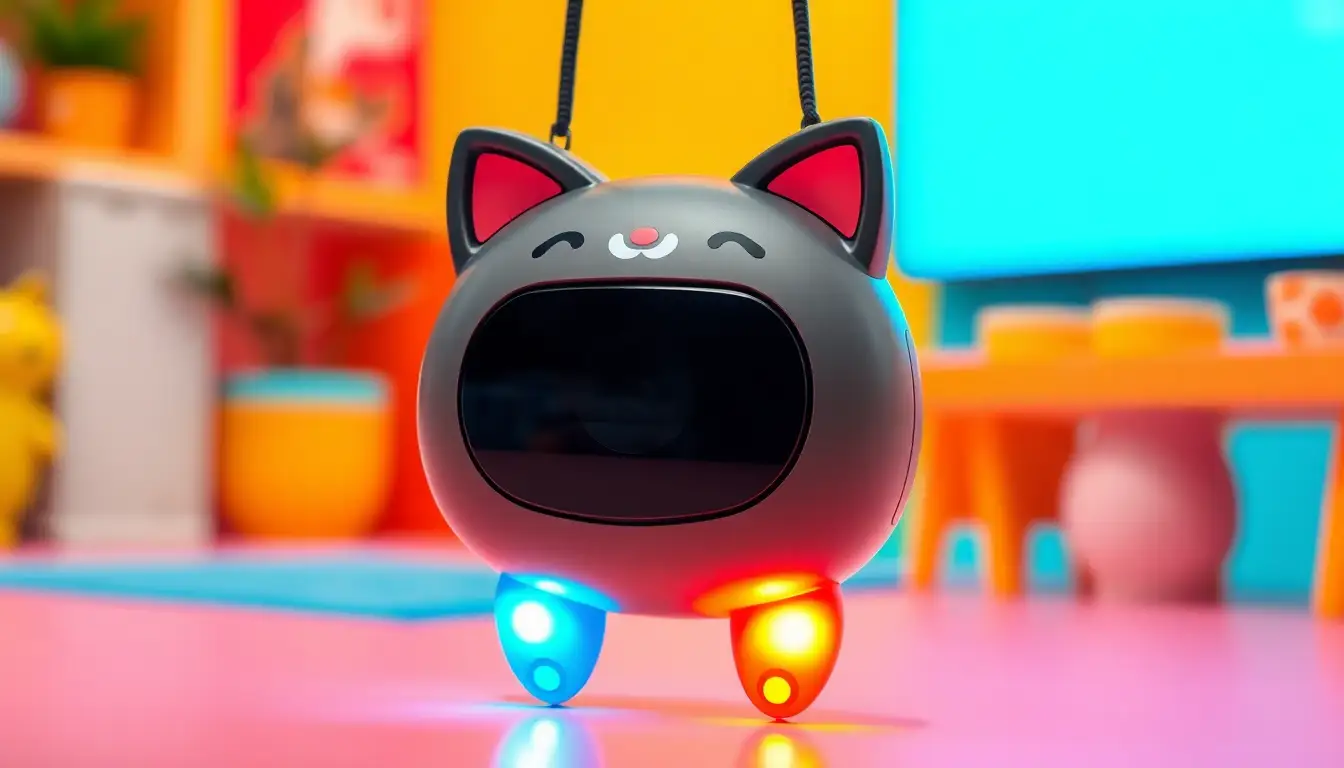
Now loading...
In recent years, the realm of wearable technology has expanded beyond traditional smartwatches and fitness trackers, with advancements in artificial intelligence paving the way for innovative new forms of personal devices. Despite some promising products like the Humane AI Pin failing to make a lasting impact, the landscape is still vibrant with ongoing experiments, including a confidential collaboration between designer Jony Ive and OpenAI to develop a fresh class of AI-centric gadgets. As this exploration progresses, it very important to have powerful yet compact chipsets capable of supporting such advancements. Qualcomm recently unveiled its latest wearables platform, the W5 Gen 2 chip, which promises to fuel creativity in this field.
During the Snapdragon Summit held in Hawaii, I had the opportunity to speak with Dino Bekis, who leads Qualcomm’s wearables division. He eagerly shared insights about an exciting new product using this technology: the Looki L1, a lifelogging wearable camera designed to hang around the neck. This unique device captures photos, videos, and audio seamlessly throughout the day, and it also allows users to interact with ChatGPT simply by using voice commands, eliminating the need to pull out a smartphone.
Bekis expressed how the Looki L1 emerged from unexpected inspiration, stating, “We never envisioned that design, and then people said, ‘Hey, that’s an interesting application.'” The device features a 12-megapixel Sony camera equipped with image stabilization and automatic HDR, capable of recording 4K images and 1080p video at 30 frames per second with a broad field of view. Although some may express concerns about privacy and surveillance associated with wearable cameras, the concept of lifelogging offers a compelling approach to documenting memories and storytelling.
The Looki L1 syncs captured content to a companion app that organizes users’ experiences into narrative-like chapters and automatically compiles highlight reels. Additionally, users can generate themed short films based on their prompts regarding specific locations, people, or moods. One of the standout features of the Looki L1 is its whimsical design, which evokes the image of a cat with its rounded face and adorable appendages. Activating the camera by stroking its midsection produces sounds and vibrations reminiscent of purring. To check its battery life, users can tap on the device’s body, triggering its legs to emit a colorful glow indicating remaining charge.
Weighing in at just 30 grams, the Looki L1 is comfortable to wear for extended periods with the accompanying clip and cord. While wearable AI devices may not allure to everyone, Bekis emphasized that the Looki L1 exemplifies an intriguing application of existing technology within the rapidly evolving AI landscape. For those interested in exploring this innovative device, the Looki L1 is now available for $199, which includes three months of complimentary prime membership, a service that typically costs $10 per month.
